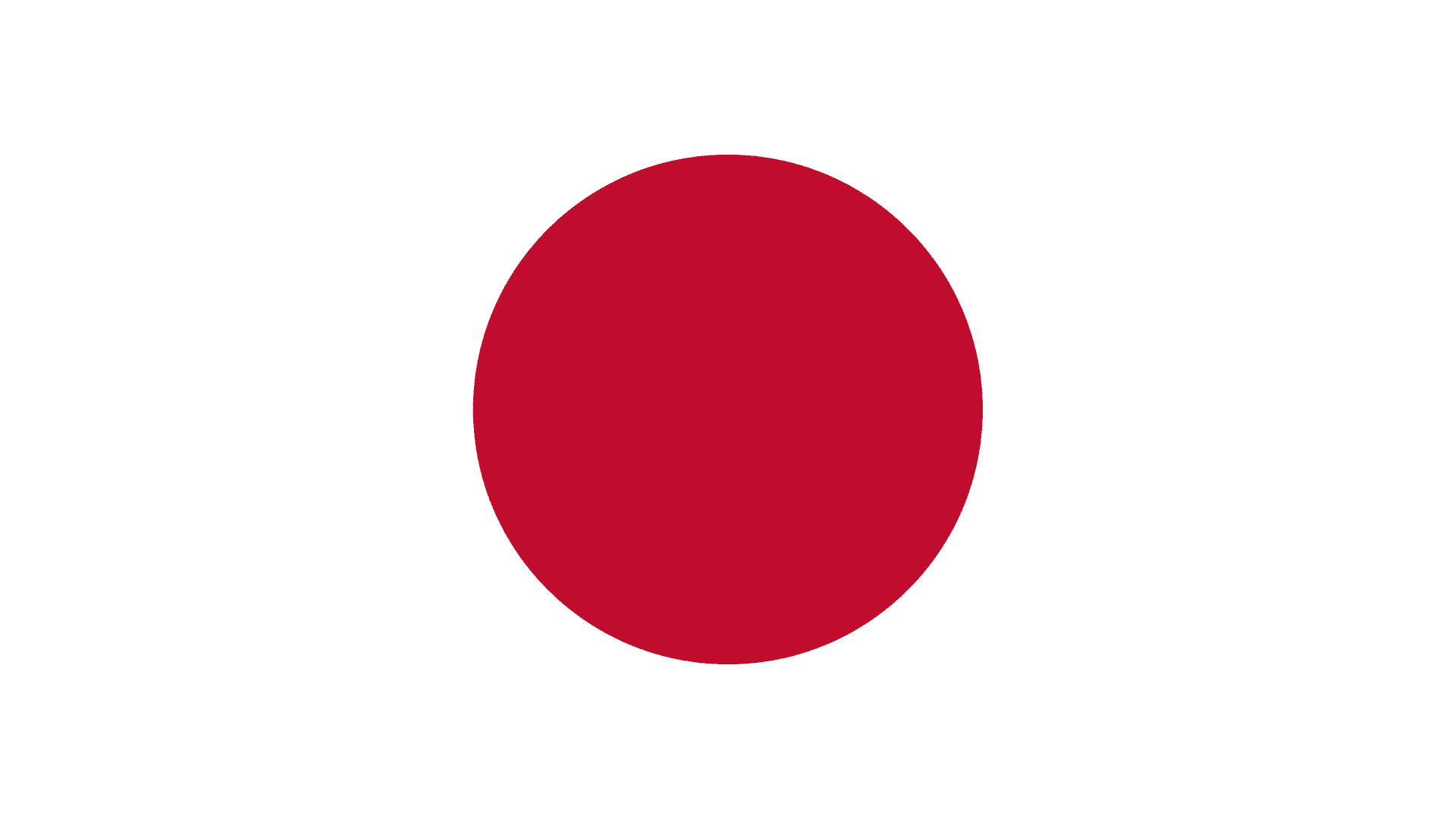Japanese Translation

Japanese Translation and Localization
TrueLanguage offers timely, precise Japanese translation and localization services. We can handle virtually any type of translation project. Our team of professional linguists includes native speakers of Japanese and certified subject matter experts who can perfectly translate material following your exact specifications. We use cutting-edge translation and project management tools and follow ISO 9001 standards, guaranteeing efficient, high-quality, and authentic results.
日本語から英語へ
Language Facts and Information
Japanese Snapshot
Japanese is a fascinating and complex language that is spoken by approximately 125 million people worldwide, making it the eighth most spoken language in the world. It is primarily spoken in Japan, the national language, and has a significant presence in Japanese communities worldwide, particularly in the United States, Brazil, and Australia. The importance of the Japanese language cannot be overstated, as Japan is a global leader in technology, business, and entertainment. Studying Japanese opens up a world of opportunities, from travel and cultural experiences to professional and personal growth.
Japanese Facts and Trivia
Where it’s Spoken
Japanese is the eighth most spoken language in the world, with an estimated 125.3 million native speakers and an additional 3 million students learning it as a second language. Japan’s official language is spoken in small communities in other countries, such as Brazil and the United States.
Global Statistics
Japanese is a major world language spoken by approximately 125+ million people globally. In terms of its usage on the internet, Japanese ranks as the 4th most commonly used language, with around 5.6% of all internet users accessing content in Japanese. The study of Japanese is also becoming increasingly popular, with over 3 million people worldwide currently learning the language.
Impact of Japanese Worldwide
The Japanese language has had a significant impact on the world, particularly in the areas of diplomacy, business, and culture. As the third largest economy in the world, Japan has strong economic ties with many countries, and Japanese is a valuable language for international business and trade. The Japanese language has a rich cultural heritage, long history, and a unique writing system combining Chinese characters with two phonetic scripts. The language has had an impact on other languages, particularly in the areas of loanwords and cultural concepts, and has influenced the development of other Asian languages, such as Korean and Vietnamese. In addition, the popularity of Japanese culture, including anime, manga, and video games, has led to a growing interest in learning the language among young people around the world.
Regional Variations
The Japanese writing system is a combination of three main scripts: kanji, hiragana, and katakana. Kanji, characters of Chinese origin, are used to represent Chinese loanwords and a number of native Japanese morphemes. Hiragana and katakana are two syllabaries that represent the sounds of the language. The Latin script (or romaji) is also used for imported acronyms and to transcribe Japanese names and words for non-Japanese speakers.
Regarding dialects, some Japanese dialects are more unintelligible than others. For example, a survey conducted in 1967 found that the Kiso, Himi, Kagoshima, and Maniwa dialects were the most difficult for students from Greater Tokyo to understand. Japanese dialects typically differ in terms of pitch accent, inflectional morphology, vocabulary, and particle usage. Some even differ in vowel and consonant inventories, although this is uncommon.
Origin and History
Japanese belongs to the Japonic language family, which also includes the Ryukyuan languages spoken in the Ryukyu Islands. Proto-Japonic, the common ancestor of Japanese and Ryukyuan, is thought to have been brought to Japan by settlers coming from the Korean peninsula sometime in the early- to mid-4th century BC, replacing the languages of the original Jōmon inhabitants.
Summary
Since the Japanese language is constantly evolving, you must have informed and highly experienced professional linguists for producing accurate and culturally appropriate translations. At present, Japanese features approximately 500.000 words and adopts numerous new words each year. Will you need a Japanese translation that will easily be understood in all regions where the language is spoken? Or do you rather require a regionally specific translation? Select either our TrueGlobal or LocalVoice approach as appropriate.
Consider a Partnership with TrueLanguage
Are you looking for a partnership with a language service provider? If so, you may wish to consider TrueLanguage. We offer ISO-Certified state-of-the-art business translation services that are on budget, on time, and to your exact specification. Every time. Or perhaps you’re just looking for a cost-free, no-obligation estimate for your next translation project. Either way, we’d love to hear from you!


